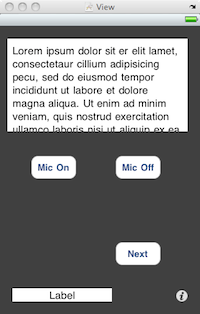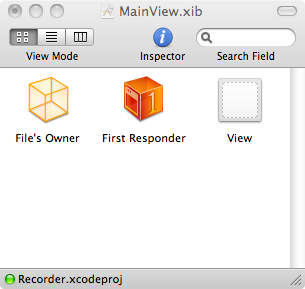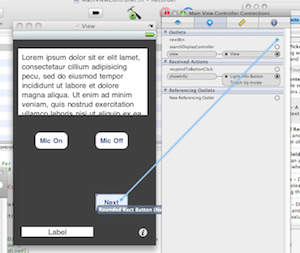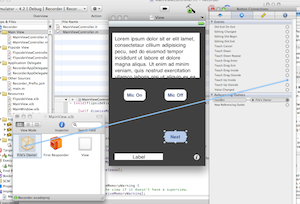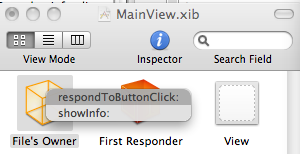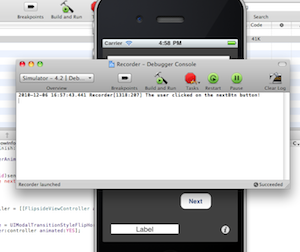The recent Facebook study controversy highlights the discrepancy in ethical review requirements imposed by private companies compared to universities and other government-funded organisations. Companies only need to adhere to legal requirements while universities and other government-funded organisations must also adhere to ethical frameworks defined by for instance funding bodies. In some countries, university research ethics is even governed by legislation, which can lead to unintended consequences.
I do not think anyone is really surprised that companies perform research on human beings all the time in search for better products, more effective advertisements and so on, and that any ethical review of such research is left for the companies themselves to decide upon.
The point when the discrepancy is becoming problematic is when companies carry out traditional university research on human beings in their laboratories or via their commercial platforms and publish in the scientific literature but can choose to ignore ethical review requirements imposed by universities carrying out similar or even identical research.
One of the broader questions brought by the Facebook study controversy is the precise purpose and scope of ethical review. Let me sketch three potential purposes of ethical review.
First, is ethical review an essential process to protect human beings from harm? If so, it is nonsensical to limit it to university research and it would be reasonable to introduce a legal requirement that an ethical review board must approve all research on human beings regardless of where it is carried out.
Alternatively, is ethical review a process that serves to ensure the public remains reassured scientists are undertaking research in a responsible and thoughtful manner? In this case, it is reasonable to expect that scientific publishers, as representatives of the broader scientific community, demand evidence that research on human beings has obtained prior ethical approval before any results are published.
Finally, is ethical review of most research on human beings, perhaps in particular in human-computer interaction and social computing, too much of a bureaucratic burden given the minimal risks on participants? After all, an ethical review requirement has an opportunity cost: if the hurdle is too great, useful research may not happen in the first place, or it might be carried out in secrecy but never published.
In my mind, the big question raised by the Facebook study controversy is the precise purpose and scope of ethical review and why it is limited to research carried out at universities and other government-funded organisations. I don’t have a clear answer but my gut feeling is that university researchers are exposed to too much ethical review bureaucracy while industry researchers could benefit from a little more.


